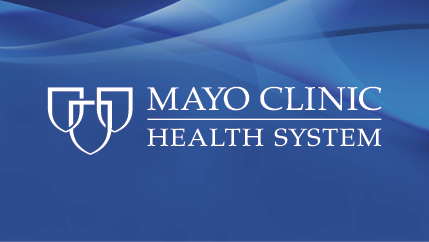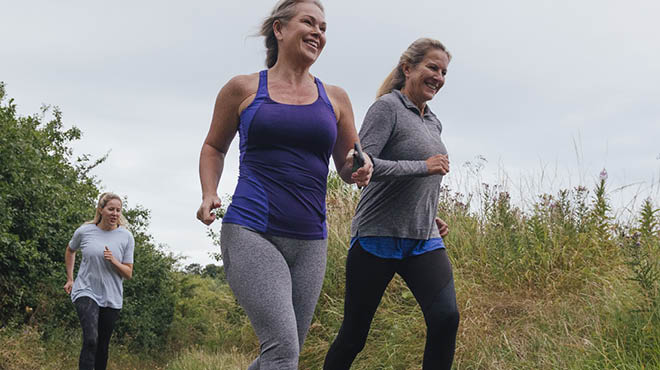Taking the first step: Starting or restarting an exercise program

When you're starting a fitness program, one thing is true: The first step often is the hardest.
Exercise is one of the easiest things to postpone when your schedule is tight. But making time in your day to work out can have a big impact on your health and mood.
It's all abut the base(line)
Before you start, take note of some baseline measurements of your aerobic fitness, strength and flexibility:
- How long does it takes you to walk 1 mile?
- How many half sit-ups, standard pushups or modified pushups can you do at a time?
- How far can you reach forward while seated on the floor with your legs in front of you?
Repeat the process after six weeks and then every few months. Record the numbers in your phone, calendar or notebook. If you find that your numbers plateau after a few months, you may want to increase your workouts to keep seeing gains. It can be incredibly rewarding to see hard evidence that your fitness is improving.
Know your "why"
Do you want to lose weight, stress less, or keep up with your children or grandchildren? It can be helpful to view exercise as a tool to help you reach goals in a lot of areas in life. Exercise can give you more energy, help you sleep better, and reduce depression and anxiety. All of that can make it easier to manage work and family demands.
Know your "what," too
Before you start, think about the type of activities you enjoy. For example, if you like dancing and get energy from being around people, aerobics classes at a gym might be a good fit, being sure to adhere to COVID-19 regulations. If gyms are not open in your state, a virtual class may be a good option. If you're drawn to running as a time to clear your mind, then try a solo run outside.
You're much more likely to maintain healthy exercise habits if you enjoy what you do. It may take some trial and error to find the right workout, but it's worth taking time to find an activity that you truly look forward to. For instance, you may not have been a swimmer or biker growing up, but through trial and error, you may discover that you enjoy both of these activities. They are a great way to enjoy nature and step away from the business of life.
How much is enough?
Aim for at least 150 minutes of moderate aerobic activity or 75 minutes of vigorous aerobic activity a week, plus two strength training sessions.
Strength training is especially important for people as they age. You lose muscle mass as you get older, and weight training can help preserve it. Strength training also helps build stronger bones, which can help reduce the chance of fractures.
Watch this video on exercising with dumbbell weights:
Schedule your workouts
If you want to make sure that you have time to get those minutes in, put your workout on your calendar. Treat your workouts like an important appointment. Block time to exercise and be serious about honoring that time.
Try foam rolling
If you are sore after a workout, you may want to try foam rolling. Foam rolling is a great way to loosen up before a workout and reduce muscle soreness afterward.
The official name for it is more of a mouthful: self-myofascial release. The term refers to the myofascial tissues that cover the muscles, and can become tight or knotted. Rolling over those spots can release or loosen them. Download a basic foam rolling routine to help get you started.
Considering a 5K?
Is there a cause that you care about? While there's probably not an in-person 5K race due to the COVID-19 pandemic, you may find a 5K virtual race to support it.
Registering for a race can be a fun way to show you care — and give yourself an extra dose of motivation. Download Mayo Clinic's 5K training schedule for beginners.
Mikal Mikkelson is a physician assistant in Internal Medicine in Mankato, Minnesota.



